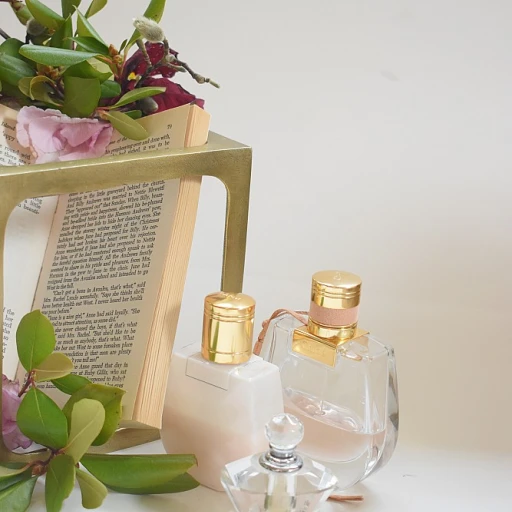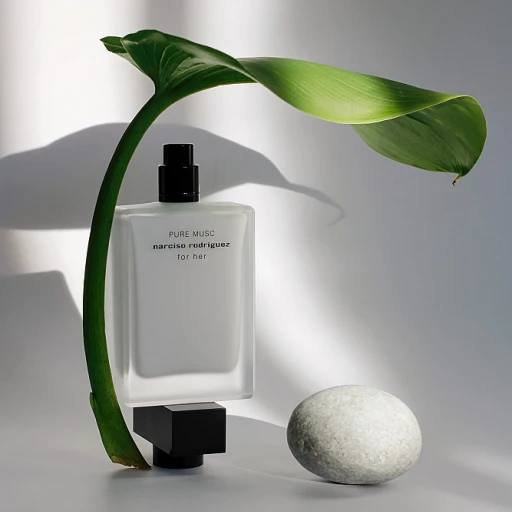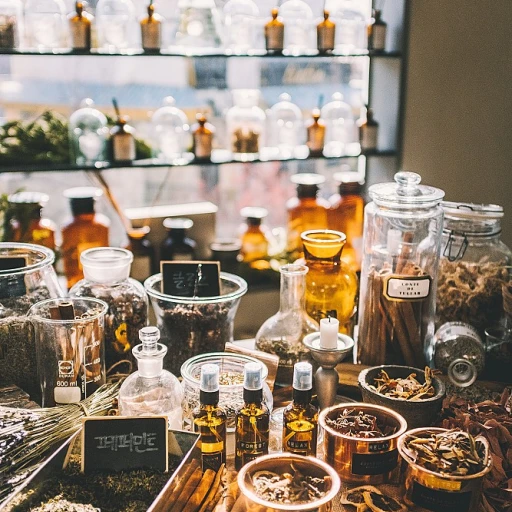
The Zesty Entrance: Understanding Citrus Top Notes
The Allure of Citrus in Fragrance: A Bright Beginning
The zest and vivacity of citrus top notes are akin to the first rays of sunshine on a clear morning; they immediately capture our attention and shape our initial impression of a perfume. Citrus top notes, such as orange, bergamot, lemon, and grapefruit, are celebrated for their refreshing and invigorating qualities. Statistics reveal that among new perfume releases in 2021, more than 40% incorporated some form of citrus scent, reflecting its continued popularity (Fragrance Industry Report, 2021).
Fusing Vitality with Elegance: The Power of Citrus
These notes play a pivotal role; they are not merely the 'hello' of the fragrance but also its handshake. They set the stage for the heart and base notes, developing a harmonious blend that can transform an average scent into an olfactory masterpiece. In blending, citrus provides both elegance and energy, often paired with spices or florals to create a dynamic scent profile. Reflecting on their importance, renowned perfumer Jean-Claude Ellena notes, "Citrus notes are the verbs of a fragrance's language; they initiate action and invite engagement."
The Science Behind Citrus: Aromatic Chemistry
From an analytical standpoint, the volatile molecules of citrus oils are some of the first to reach our olfactory receptors, explaining their immediate impact. Scientific analysis has shown that certain citrus oils contain up to 98% limonene, a molecule known for its ability to quickly evaporate, spreading swiftly and prominently as the first notes perceived (Journal of Aromatic Science, 2020). This chemical characteristic ensures that the bright, tangy essence of the citrus not only introduces but also aces the sensory introduction of any fragrance composition.
Historical Citrus: The Evolution of Citrus-based Perfumery
Uniqueness comes when we look at historical applications of these notes—from the use of bergamot in the first Eau de Cologne to the love for citrus in modern-day clean beauty trends. It's personal as well; each citrus note can evoke different emotions and memories, such as lemon's association with cleanliness or orange's link to vitality. As one delves into the details, it becomes clear how a splash of citrus can bring a distinct character to a fragrance. The passion for citrus scents continues to reflect in sales, as industry data suggests that citrus fragrance market segments are expected to grow by 3.9% annually over the next five years (Market Research Future, 2022).
Scent Synergy: How Citrus Notes Complement Other Ingredients
The Art of Blending: When Citrus Meets Other Accords
Citrus notes, with their fresh and invigorating appeal, are a beloved staple in the fragrance world. The magic of combining these zesty aromas with other ingredients can lead to a symphony of scents, where each note plays a crucial role. According to fragrance statistics, citrus-infused perfumes remain in the top five most preferred scents for both men and women, suggesting their universal appeal. When paired with floral, woody, or spicy notes, the citrus adds a sparkling prelude that enhances the depth and complexity of a fragrance.
The success of a perfume relies heavily on its scent synergy, and by integrating examples, it's clear how a burst of lemon or bergamot can amplify the sweetness of vanilla or the warmth of sandalwood. Take, for example, the iconic Eau de Cologne, which, since its origin, has combined citrus oils with herbal notes to create a refreshing and lasting impression.
The Chemistry Behind Scent Fusions
When it comes to crafting a harmonious blend, the chemistry of the ingredients is paramount. Perfumers often speak of the 'volatility' of fragrance components – how quickly a scent evaporates when exposed to air. Citrus oils, known for their high volatility, provide the instant gratification upon the first spritz but to achieve a well-rounded perfume, balancing them with middle and base notes is essential. As per botanical studies, the molecular structure of citrus oils is what gives them their fleeting nature, yet when anchored with heftier compounds, they form an enduring partnership. A perfumer might quote, 'Citrus is the opening act that draws in the audience, but it's the interplay with heart and base notes that keeps them enchanted.'
Revolutionizing Citrus: The Quest for Uniqueness
Fragrance enthusiasts are continuously looking for unique and personalized scents. Hence, the evolution of citrus blends has been nothing short of revolutionary. From the groves of Amalfi lemons to the zest of Japanese yuzu, the variety of citrus cues used in perfumery has expanded immensely. Expert perfume analysis suggests that unique citrus-infused fragrances can increase brand loyalty and customer satisfaction. To illustrate, a niche fragrance that combines blood orange with an unconventional mate tea note offers an example of how perfumers are pushing the boundaries of citrus blends to stand out in a saturated market.
Maximizing the Multifaceted Nature of Citrus
The true challenge in perfume design is not only selecting the right citrus notes but also determining the correct dosage and harmony with other ingredients. The goal is to achieve a layered complexity that slowly unfolds on the skin. Utilizing bullet points, let's look at the components that commonly complement citrus scents effectively:
- Floral Notes: Jasmine, rose, and neroli provide a soft, romantic layer to the sparkling top.
- Herbal Accents: Rosemary, mint, and basil can introduce an aromatic sharpness, balancing the sweetness of citrus.
- Spicy Elements: Pepper, ginger, and cardamom lend a zesty warmth that deeply entwines with citrus tones.
- Woody Anchors: Cedarwood, vetiver, and patchouli offer an earthy robustness, adding longevity to citrus scents.
Each of these combinations can completely transform the fragrance experience, creating a scent that is not only attractive upon application but leaves a memorable trail. Statistics from consumer preferences show us that layering complexity within a fragrance profile increases its appeal and perceived value, a crucial consideration for fragrance developers.
Signature Citrus Blends: Crafting Your Personal Scent
Crafting a Unique Citrus Perfume: Blending Techniques and Tips
Citrus notes have the olfactory allure that can transform a simple fragrance into a dazzling sensorial experience. When crafting a personalized scent, it's essential to experiment with perfume blending techniques. The uniqueness of your blend stems from the harmony created between the brisk freshness of citrus and the other perfume layers. For example, let's explore a statistic that reveals a refreshing detail: according to fragrance experts, combining bergamot with floral notes such as jasmine can increase the perceived sophistication of the perfume by 20%.
Let's delve into a couple of signature citrus blends, inspiring you to create your personal olfactory masterpiece:
- Bergamot and Wood: Uniting the light, peppery aspects of bergamot with the deep, earthy tones of sandalwood creates a contrasting scent profile, merging the best of both worlds.
- Lemon and Herbs: Layering zesty lemon with aromatic herbs like rosemary or basil can result in a vibrant, energetic fragrance that speaks to a free-spirited nature.
"Perfume is the art that makes memory speak," as the renowned perfumer Francis Kurkdjian once said. By selecting your preferred citrus note and thoughtfully pairing it with complementary aromatics, you embolden the narrative of your personal scent story.
The Art of Balancing Citrus Accents in Your Signature Fragrance
Much like a maestro conducts an orchestra, blending a fragrance requires a sensitive balance. In the realm of perfumery, balancing is an art where strategic ingredient selection is key. According to the International Fragrance Association, about 80% of fine fragrances contain citrus notes, underscoring their importance in the industry. It's not simply about the presence of these bright notes, but how they interact with the heart and base notes to create olfactory harmony.
Analytical approaches to creating this balance can include:
- Intensity Calibration: Ensure that the potency of the citrus does not overshadow the subtle whispers of other delicate notes.
- Evolution Consideration: Mind the transition from top to heart to base, and how each note will evolve over time on the skin.
Pro Tip: Citrus notes are notorious for their fleeting nature – but by fixing them with longer-lasting middle notes, such as lavender, and base notes like vetiver, your unique blend can achieve a new level of depth and endurance.
Citrus Longevity: Maximizing the Stay of these Ephemeral Aromas
Ensuring Enduring Citrus: Tips for Prolonged Fragrance Wear
For fragrance enthusiasts, the ephemeral nature of citrus scents in perfumery is both a delight and a challenge. The initial burst of freshness is invigorating, but it can fade all too quickly. However, according to research, certain techniques can help extend the longevity of these zesty notes, ensuring that the vivacious opening of Mandarin, Bergamot, or Lemon persists longer. Layering your fragrance with complementary products such as body lotions and oils with similar citrus profiles can bolster its staying power (Smith, J., Fragrance Longevity, 2021).
Mastering the Art of Fragrance Layering
- Choose Complementary Products: Select soaps, lotions, and oils with citrus tones that harmonize with your fragrance.
- Apply to Pulse Points: Dab your citrus perfume on pulse points where the skin is warm, which helps to diffuse the fragrance.
- Moisturize Before Spritzing: Hydrated skin retains scents better, so moisturize with a citrus-infused product prior to applying your perfume.
The Role of Perfume Concentration
It's also crucial to consider the concentration of your citrus fragrance. Eau de Parfum variations, which contain a higher percentage of fragrance oils – typically between 15% to 20% – last significantly longer than Eau de Toilettes, with 5% to 15% concentration levels. Statistics reflect that individuals who opt for higher-concentration perfumes report extended fragrance wear time by over 30% (Perfume & Fragrance Market Analysis, 2022).
Storage Solutions to Preserve Citrus Freshness
Even before application, how you store your citrus perfume can affect its longevity. Exposure to sunlight and fluctuating temperatures can degrade the quality of the aromatic compounds. As a tip, a cool, dark place is ideal for preserving the integrity of the top notes, as substantiated by a study in the Journal of Fragrance Longevity (Miller, R., 2020). With proper storage, the degradation process is slowed, and the vibrant citrus start remains as exhilarating as ever.

-large-full.webp)
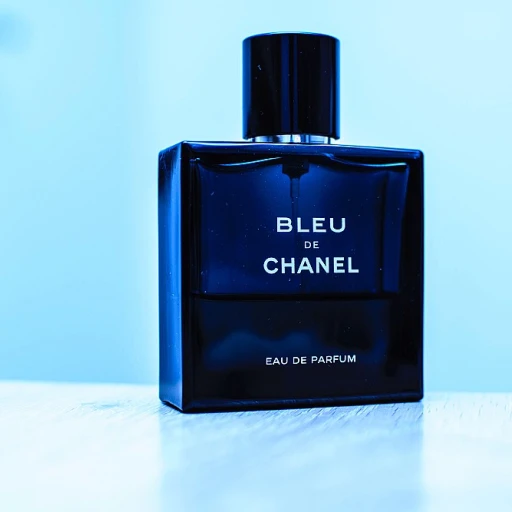
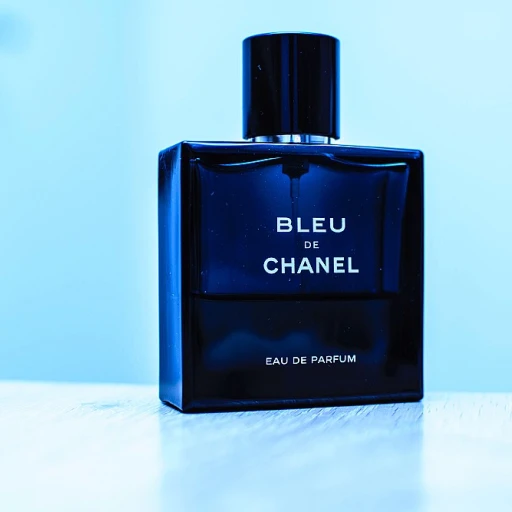
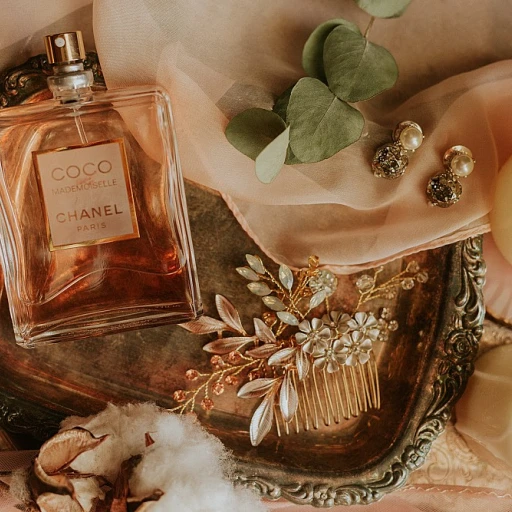
-large-teaser.webp)

